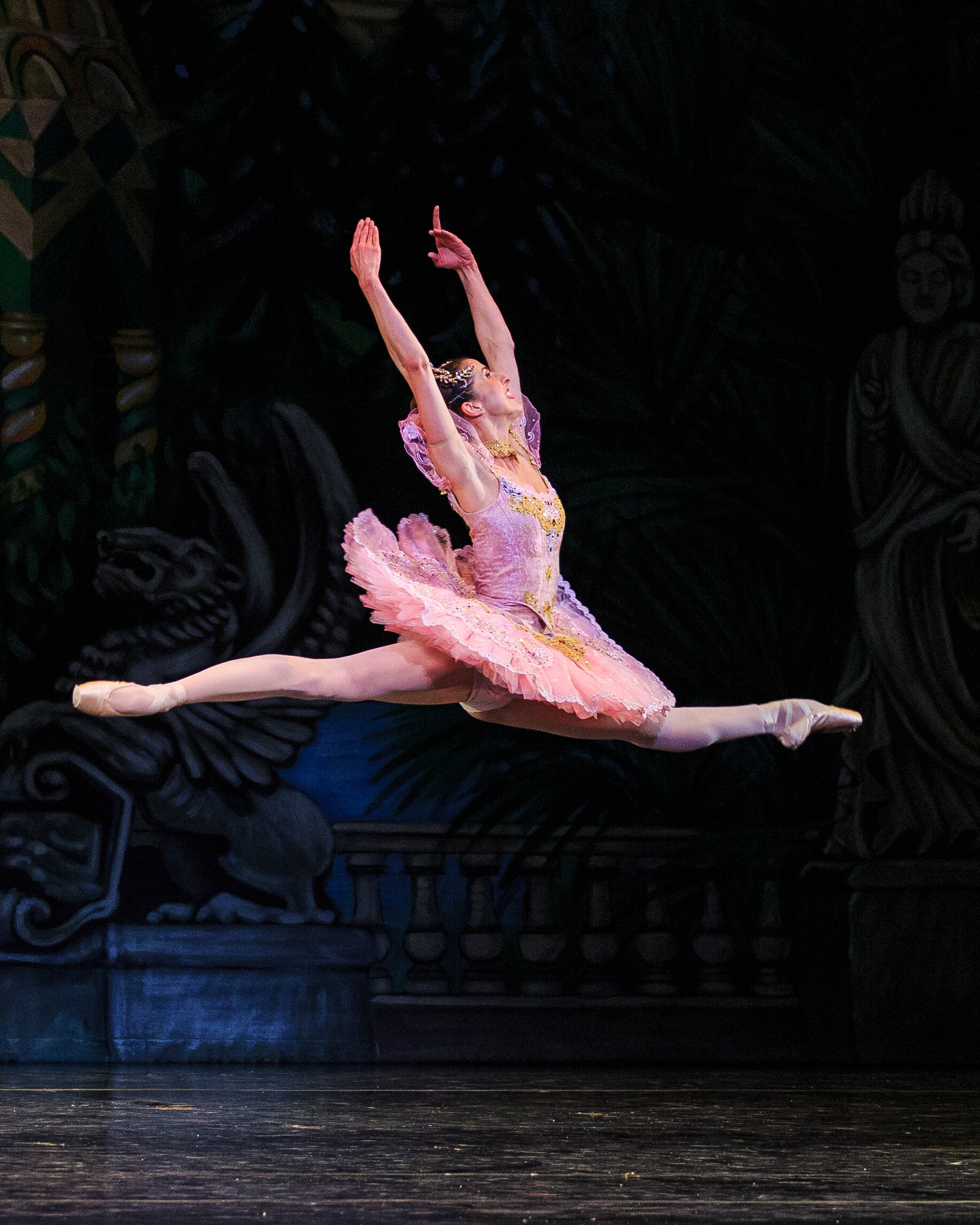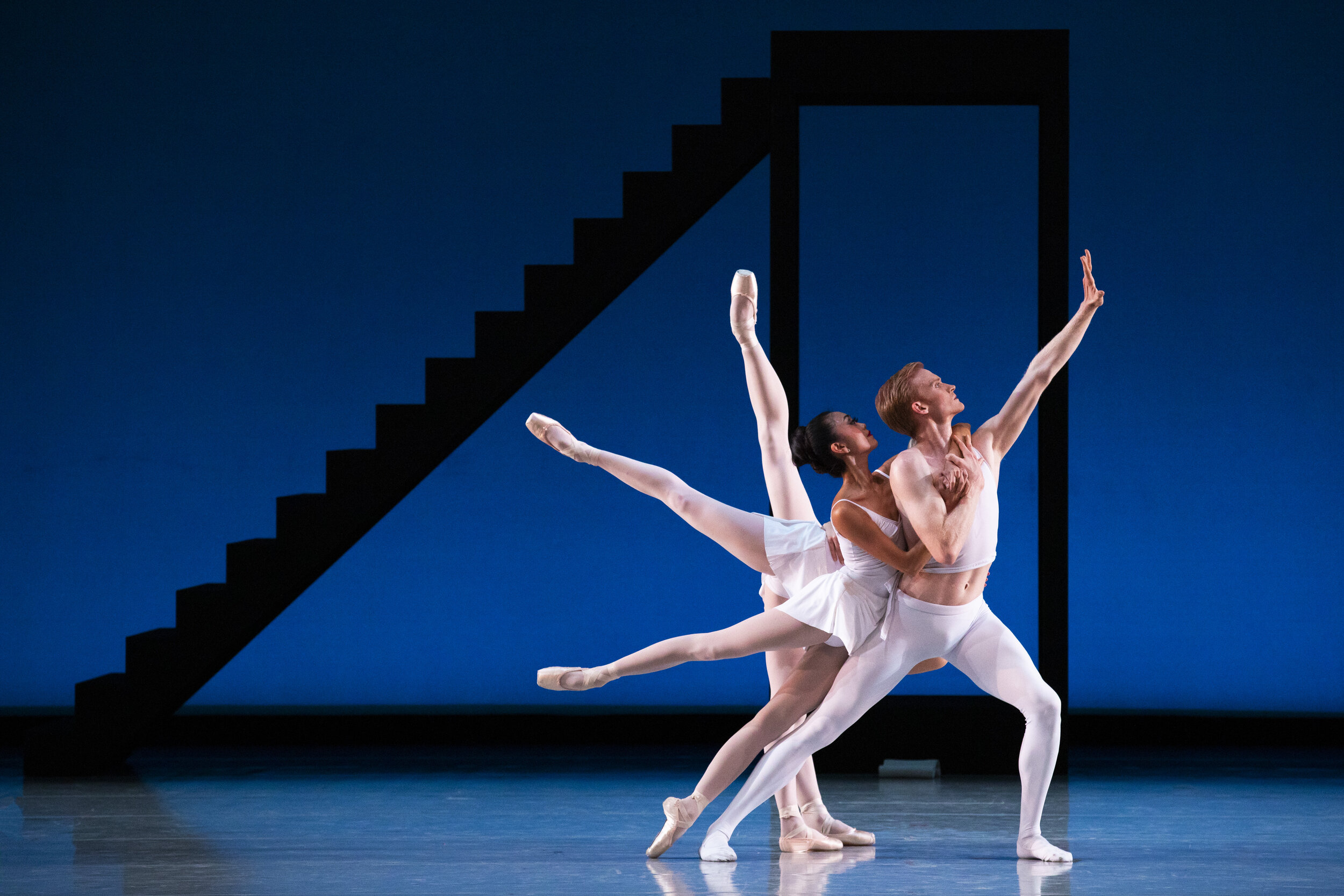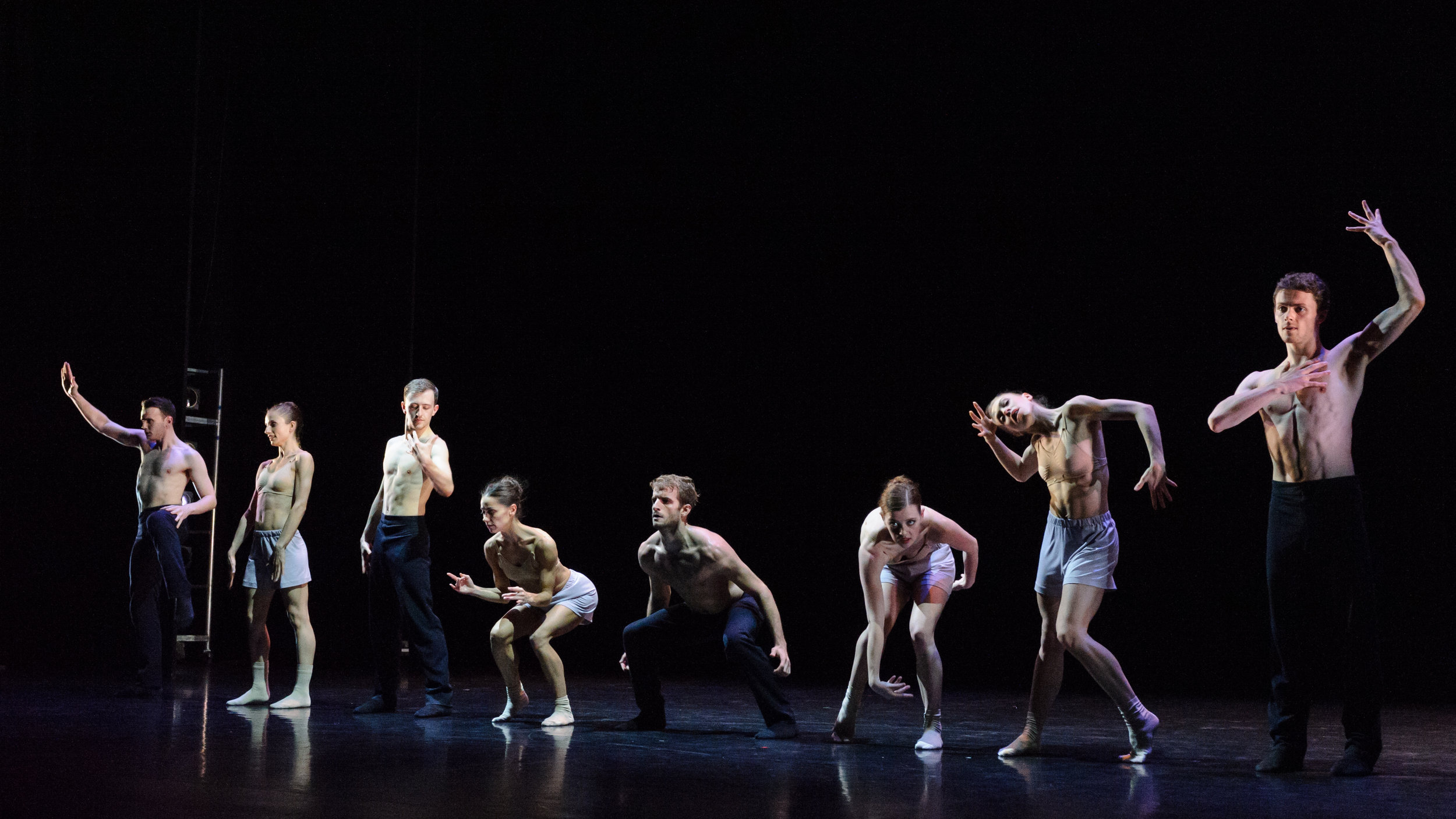When Ballet West’s Artistic Director Adam Sklute welcomed the audience to the second annual National Choreographic Festival last night, there was tangible excitement in the auditorium: not only was every work on the program created by a female choreographer, but the artistic directors of the visiting companies, Richmond Ballet and The Washington Ballet, were women - Stoner Winslett and Julie Kent. Even though ballet schools may be full of female students, and a lot of female teachers, there’s a scarcity of choreographers and company directors who identify as female.
In fact, a couple years ago, a graduate student analyzing the 2015-2016 performance season of the ten highest-budgeted American ballet companies ($9 million to $60 million, U.S. dollars), found that approximately ten percent of the works were made by women: 111 male choreographers compared to only 13 female choreographers. Prior to Kent’s appointment as director of The Washington Ballet in 2016, and of the “top billing” American ballet companies, only one had a woman in charge: Lourdes Lopez of Miami City Ballet. Out of 59 American companies with budgets between $1 million and $60 million, only 26% are directed by women. This list includes Winslett, the longest tenured company director in the United States, plus artistic directors Virginia Johnson of Dance Theatre of Harlem and Victoria Morgan of Cincinnati Ballet.
Victoria Morgan will be in Salt Lake City next week when Cincinnati Ballet, and Charlotte Ballet (with newly appointed director Hope Muir), share a program with Ballet West. These performances also feature works by female choreographers: Jennifer Archibald, Robyn Mineko Williams, and África Guzmán.
I’m aware that’s a lot of names in just three paragraphs, and this is intentional: I believe one of the reasons for the gender disparity in leadership roles in ballet is that women’s work often goes unnoticed or unacknowledged (parallels could be drawn with women’s domestic labor). When we start to look at the achievements of women who occupy leadership roles, thinking especially of Stoner Winslett, Victoria Morgan, and Virginia Johnson, we see people who have merged longevity, financial stability, and artistic excellence. Their visions, determination, and dedication are extraordinary.
Last night, on stage at the Rose Wagner, there was a similar sense of excellence. As different as each of these companies and choreographers are, the dancers invested in the distinct movement vocabularies and brought to life vivid images of aquatic life, relationships’ tumults, and athletic mating rituals.
Richmond Ballet opened the program with Katarzyna Skarpetowska’s Akwarium (Polish for “Aquarium”). This is the Skarpetowska’s third commission for Richmond’s dancers (following Polaris in 2015 and Scarred Bouquets in 2017). Akwarium’s cast of 12 inhabited her movement with a sense of ease and curiosity. Their rippling torsos and fluid partnering evoked an underwater world, as some dancers had the mercurial qualities of minnows and others took on more sinewy actions. There was no narrative but rather a beautiful sense of immersion in another realm.
The piece began with an empty stage and fluorescent rods gradually illuminated the space, reminiscent of lighting that could be found above a home aquarium. Dancers’ unitards, designed by Fritz Masten, were shades of blue, green, and cobalt; each featured its own delicate details.
Something that distinguishes Skarpetowska’s choreography is her ability to use the stage like a multi-sided box instead of a square with only one front that faces the audience. As a result, one section presented two pairs of dancers, but much of their choreography showed their backs to the audience, giving us a distinct and intriguing view of their pas de deux. In another section, women traveled across the stage with energetic bourrees, but with their backs to the audience, revealing Masten’s beautiful accents in their costumes.
Entrances often took the form of a man lifting and turning a woman, as if they were being swept onto the stage. Other clever choreographic details included a couple performing downstage as other dancers emerged and exited in fast runs across the upstage area. This kinetic “backdrop” enriched the downstage duet.
A pulsing score by Robert Henke added to the intensity and momentum of Akwarium’s first section. For the last part of the piece, the music shifted to J.S. Bach’s “Allemande.” Throughout the performance, the choreography, lighting, costumes, and music created a multi-layered quality, as vibrant and effervescent as aquatic life. One of the women, Elena Bello, was stunning, imbuing the choreography with fluidity, playfulness, and confidence. Bello also shone in a trio with two of the men, and all of the six men, Marty Davis, Trevor Davis, Matthew Frain, Anthony Oates, Fernando Sabino, and Mate Szentes, were impressive, displaying clean lines and exuberant leaps.
The Washington Ballet brought Myriad, a new work by Gemma Bond, who’s a member of American Ballet Theatre’s corps de ballet. Prior to moving to New York, Bond was a First Artist with the Royal Ballet, and there were vestiges of Kenneth MacMillan’s approach in her Myriad. Set to music by Henry Purcell, the piece presented a cast of six women and one man. Its tone was dramatic with a tinge of angst, as the women often circled their heads with their arms as if wilting or feeling entangled. The costume design by Bond had the women wearing long skirts that they, at times, lifted gently with their hands. The man, Brooklyn Mack in last night’s performance, wore a white sleeveless vest and white tights that stopped just below the knee.
Mack was brilliant in a role that’s a tour de force: partnering each of the six women and delivering his signature great jumps with captivating personality. In contrast, the women seemed more tentative or less confident. Bond’s choreography is complicated and fast. In this program, Myriad had the most recognizably classical vocabulary, although there were moments when Bond experimented with unusual partnering, as when one of the women stood on Mack’s thighs as he grounded himself in a second position plié. In another unusual choice, the women rolled on the floor like logs.
Although there were times when the women seemed to comfort or whisper to one another, each time he was on stage, Mack was the most prominent performer. I was not sure if the six women represented six different relationships with him, or if they were facets of the same relationship, as some duets were capricious, and others more somber. Overall, I was left with a puzzled impression: was Bond reinforcing a stereotype of a man who vacillates between different partners without ever committing to one?
The program closed with Natalie Weir’s jubilant Jabula (Zulu for “Joy”) for Ballet West. Choreographed as a solo in 1993 for Queensland Ballet, Jabula has been “modified” for companies and schools around the world. It’s an exuberant closer, bringing a sense of spectacle to the program’s poetry and drama, and in last night’s version, it was performed by 16 dancers.
Eight men opened the piece with a series of staccato poses that evoked strength and domination. The score by Hans Zimmer, from the motion picture The Power of One, and the costume design by Weir added to the display of power: the men were topless and wore sienna-colored karate pants. As they dispersed, Chelsea Keefer emerged from the backdrop to perform a solo that contrasted with their steps. Her agility and fluidity, as she turned with exquisite grace and extended her legs towards the sky, were a brilliant counterstatement to the men’s unison. Keefer presented a fierce and flickering style that made me think of how her power took the shape of more precise and ninja-like movements, different from the men’s brute poses, but equally compelling.
As the piece continued, there was an athletic trio for three men where one man appeared to be launched through the air, and the entire cast was on stage for the final section, coupled in male/female partnerships. Weir’s choreography mixed handstands and yoga-like poses with acrobatic partnering maneuvers. While the cast displayed these shapes with grace and power, there didn't seem to be much purpose to these feats beyond a display of the dancers’ prowess. In some ways this made Weir’s work a perfect ending, and most of the audience stood to applaud their performance.
Weir’s work, the only one with women in slippers instead of pointe shoes, also added to the versatility of ways in which women make ballets. If Skarpetowska’s choreography was more detailed and nuanced, with the cast presenting different facets of their technique and exploring distinct qualities of movement, Bond and Weir chose different approaches: their male and female dancers occupied more distinct roles based on gender, but the results were dramatically different.
As a whole, by showcasing a variety of women making work today, the National Choreographic Festival demonstrates why it’s imperative to present this kind of showcase. Last night’s performance made it crystal clear that there’s a spectrum of contributions women are making to the future of ballet. Personally, I was drawn to Skarpetowska’s qualities of movement and the dancers’ abilities to inhabit her style, and this may be because she has established a relationship with Richmond Ballet. A take-away from this observation could be that women not only need to be commissioned more often to create work, but also need to be given repeated opportunities to work with these great artists.







